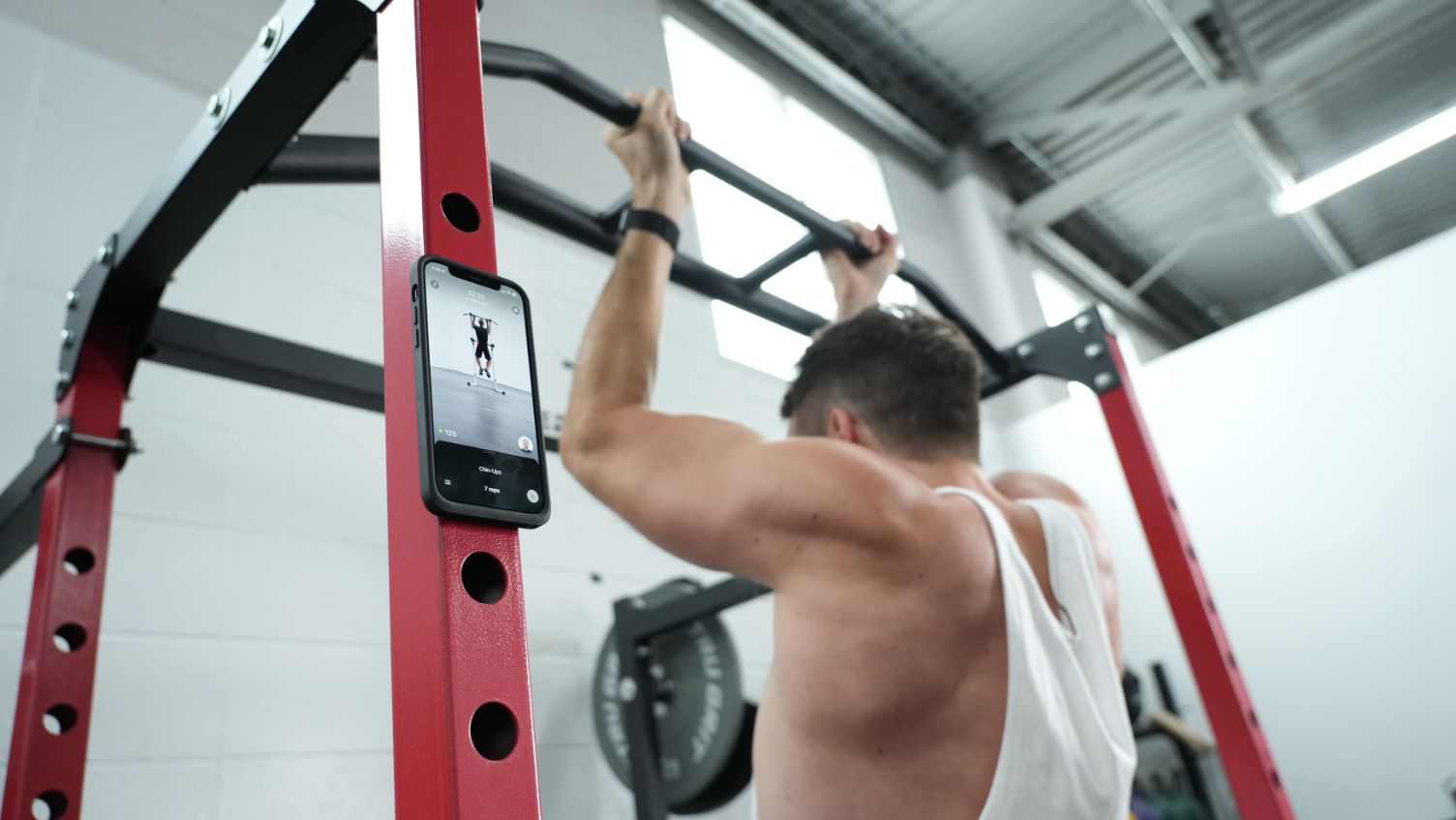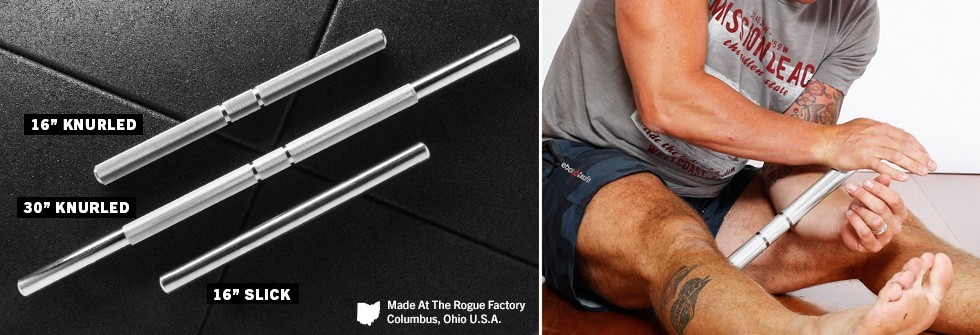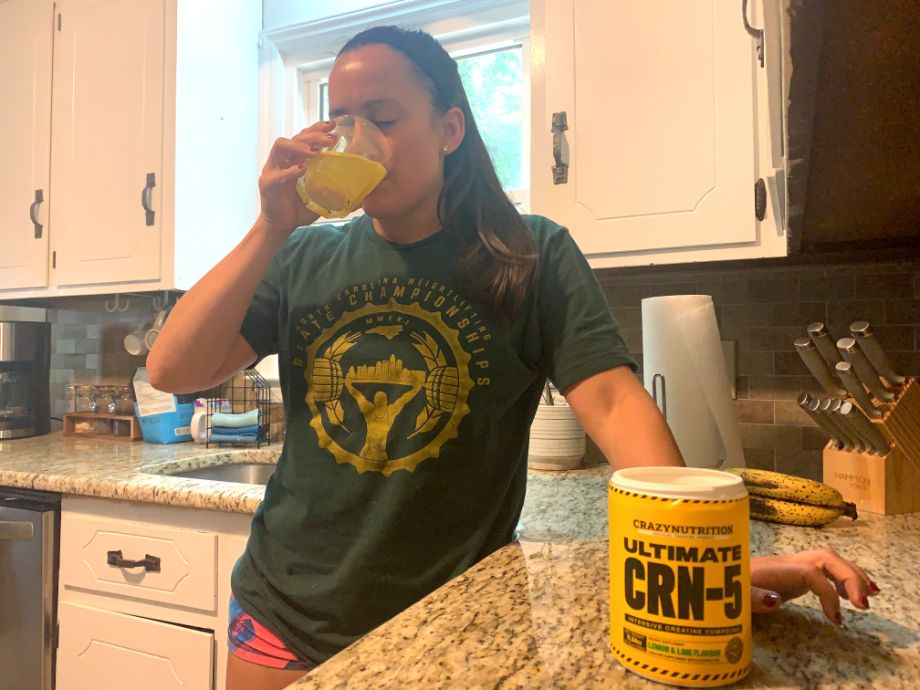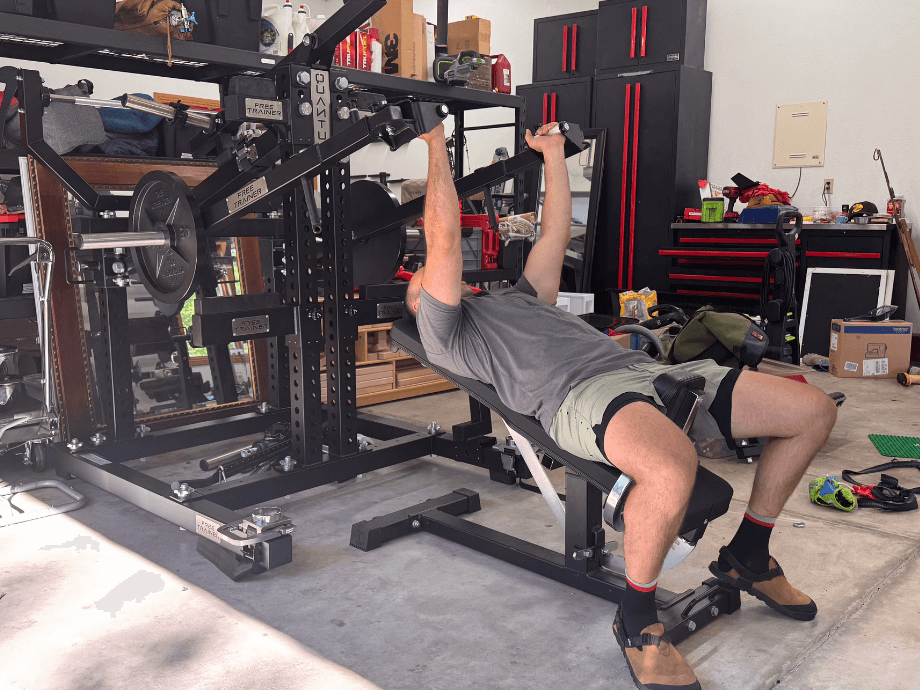Chin-ups are arguably the squats of the upper body. Some might say it’s the bench press, which uses the bench’s stability, or push-ups, which use approximately two-thirds of your body weight. But the chin-up is a vertical pulling exercise that involves almost 100% of your body weight. You can either pull yourself up or not, which is the best test of relative upper body strength.
No one asks how much you chin up, but they should.
There is hardly an upper-body muscle untouched by the chin-up. What muscles do the chin-ups work? It works grip strength, forearms, biceps, deltoids, anterior core, lats, and almost all the back muscles. Chin-ups are used to build muscle for higher repetitions or strength when a load is added.
Here we’ll do a deep dive into chin-ups for your muscle-building pleasure. Ready to build a rock-solid upper body? Then get ready to up your chin-up game.
How to Do Chin-Ups
- Take an underhanded shoulder-width grip on the bar.
- Grip tight and get into the dead hang position, feeling a stretch in your lats.
- Start the pull by driving your shoulder blades down, like you’re trying to get them into the back pockets of your pants.
- With your shoulders down and chest up, pull your upper chest to the bar.
- Once there, lower down in a controlled fashion until your elbows are extended, and repeat.
Note: Because chin-up/pull-up bars come in varying heights, you may need a bench to reach and grip the bar.
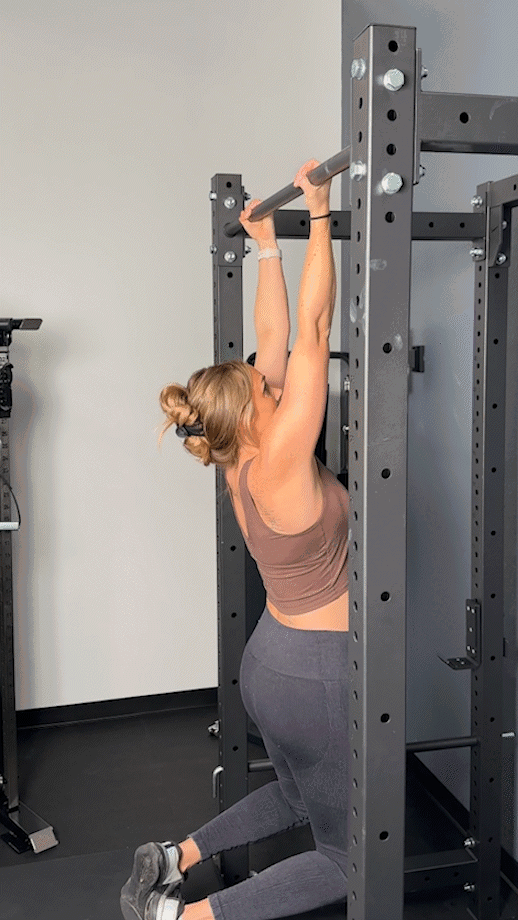
Major Muscles Involved In Chin-Ups
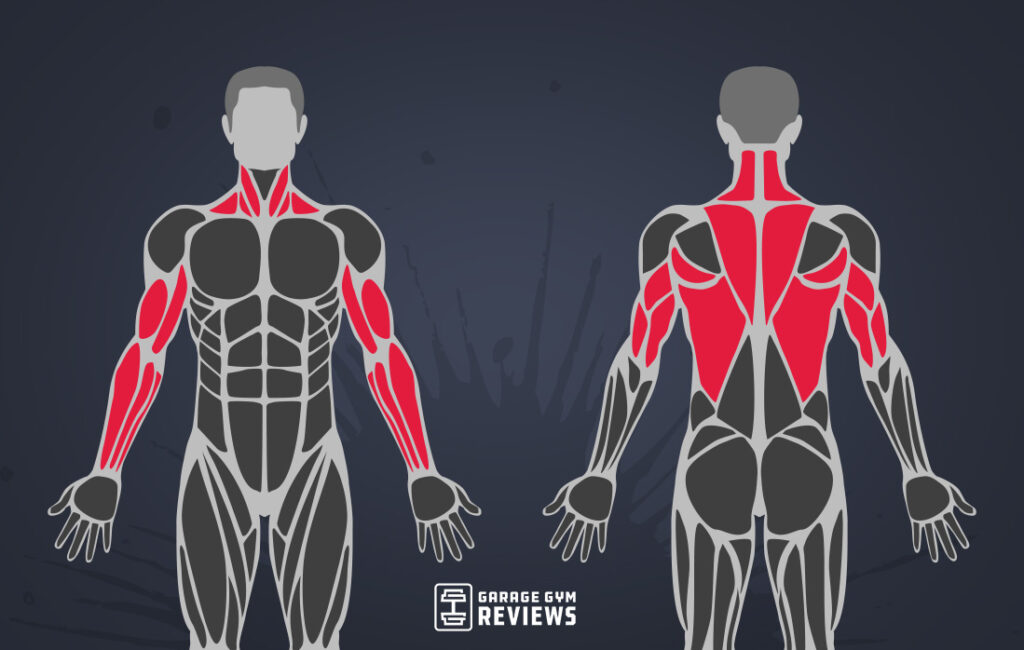
Chin-ups are primarily a back and biceps exercise, but they are so much more than this. Yes, they add muscle and strength to the primary muscles in your back and arms, but chin-ups train several additional upper-body muscles. Below are the muscles chin-ups train and their role in this fantastic upper-body exercise.
Trapezius (Traps)
The traps are large, flat, triangular superficial muscles with three upper, middle, and lower regions. They are located on each side of the upper back and start from the cervical (neck) spine and go down through all 12 thoracic vertebrae. The trap’s role in chin-ups is scapula adduction (prime mover), elevation, depression, and outward rotation (secondary movers).
Latissimus Dorsi (Lats)
The lats are the widest muscle in the human body and the prime mover for performing chin-ups. The lats originate from the scapula and vertebrae of the thoracic spine down to the lumbar spine and are inserted on the humerus (upper arm bone). Their primary roles while doing the chin-up are shoulder extension and shoulder adduction.
Rhomboids
The rhomboids assist the lats and traps as the prime movers during the chin-up. This muscle originates from the cervical vertebra, runs diagonally down, and attaches to the inside of the scaps. Their primary role is scapula adduction when pulling yourself up towards the chin-up bar.
Teres Major
The teres major is sometimes referred to as the little lat because it mirrors the function of the lats and assists shoulder extension. Teres major starts on the scapula’s lateral border and inserts on the humerus.
Scapular & Shoulder Stabilizers
The scapula joins with the arm bone at the glenohumeral joint and clavicle, forming the acromioclavicular joint. This triangular, flat bone is the site for the attachment of 17 upper-body muscles, including your shoulder stabilizing muscles1 listed above and the serratus anterior. If your scapula didn’t move, you wouldn’t be able to do much, including the chin-up.
Biceps
The biceps are a secondary mover for chin-ups but a vital muscle for chin-up performance. They assist the lats and upper back with shoulder extension via elbow flexion. Both the short and long heads of the biceps brachii originate on the scapula and come together on the radius bone below the elbow.
Abdominals
Here we’re referring to the rectus abdominis, internal and external obliques, and transverse abdominals. The chin-up is not often thought of as an abs exercise, but the co-contraction of these muscles ensures the larger muscles do their job and helps keep your spine neutral. You could have all the pulling strength in the world, but if you have weak abs, chin-ups are not happening.
Forearms
Forearms have two distinct muscles: the forearm flexors, and the forearm extensors, and both types of muscles are secondary movers for the chin-up but essential all the same. Their co-contraction allows you to grip the bar, and the forearm flexors assist the biceps with elbow flexion. This double duty helps build strong and muscular forearms.
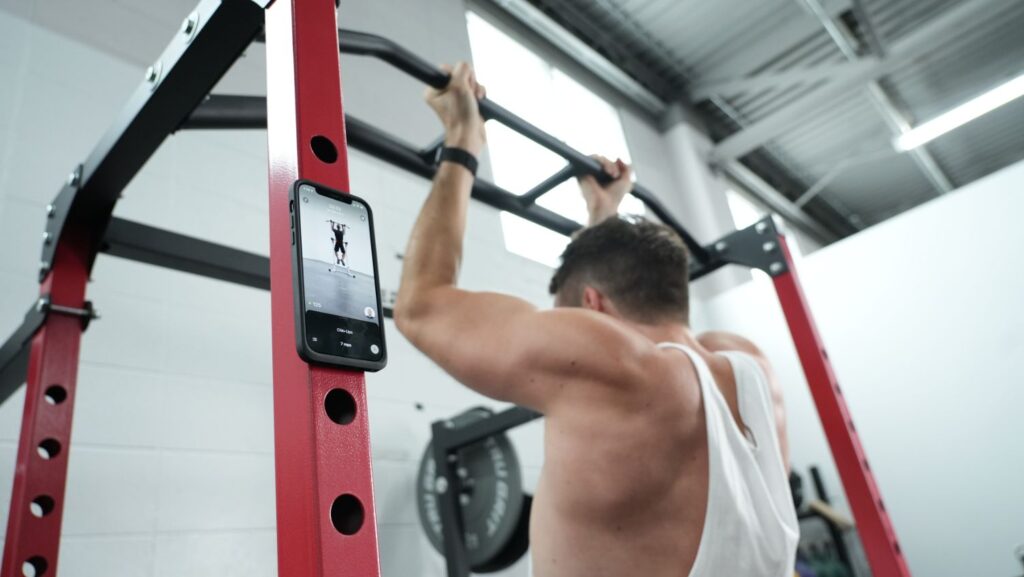
Benefits of Chin-Ups
Chin-ups build muscle and strength in the upper body and are the best test for relative upper-body strength. If you want wings, chin-ups and pull-ups are bodyweight exercises to do. They are difficult, but they are worth it.
Better Grip
If you cannot grip the bar, you have no hope of performing chin-ups. Chin-ups train your supporting grip strength; depending on how many reps you can do, the time under tension for your forearms muscle will build grip strength and endurance.
A stronger grip will improve your performance with all exercises requiring grip strength, including deadlifts. If you struggle with grip initially, work on holding dead hangs for an extended period of time before moving into the chin-up.
Increased Strength
As previously mentioned, more than once, this certified personal trainer believes chin-ups are the best measure of relative strength. With the number of muscles it trains, and because you’re pulling your entire body weight (plus load if you are advanced), you will build relative and absolute strength with the chin-up.
Builds Muscle
Chin-ups will add muscle to your forearms, biceps, upper back, and lats because of the incredible muscular tension needed by these muscles to do the chin-up. But one caveat, you’ll need to do multiple reps and go through a full range of motion to add muscle-building tension to these muscles.
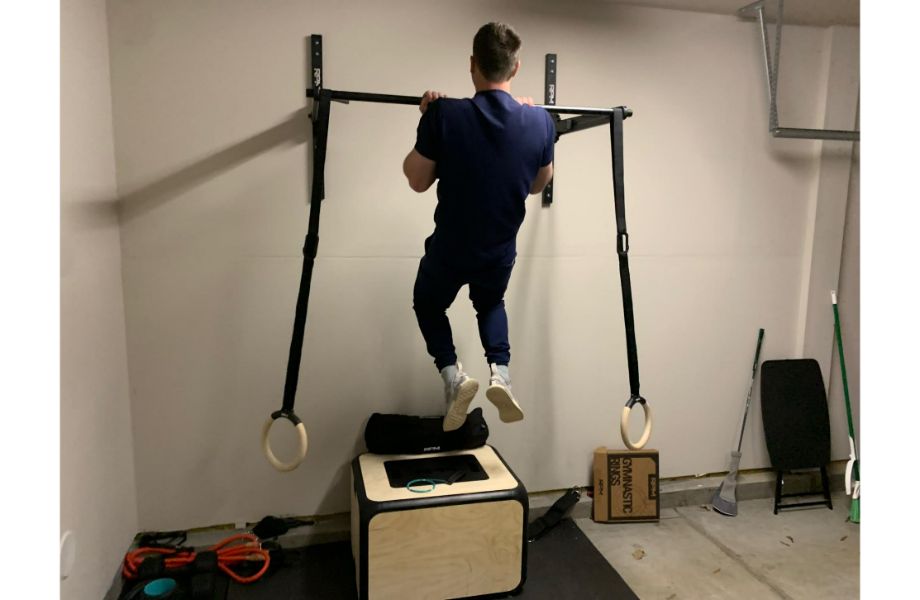
Chin-Ups vs. Pull-Ups
Chin-ups and pull-ups are similar exercises, but hand placement is the main difference. Chin-ups are an underhand supinated grip, while pull-ups are an overhand pronated grip. The overhand grip is not our strongest grip, making pull-ups more challenging on grip strength. The shoulder’s external rotation means less biceps and more shoulder adduction and extension when doing pull-ups.
Who Should Do Chin-ups?
To be honest, just about anyone can do chin-ups! However, some people may be better suited for chin-ups versus pull-ups due to the hand position and the way the movement targets certain muscles.
- Beginners: The underhand grip requires less grip strength and shoulder stability, making it slightly easier to perform.
- Those who want to train biceps: Because chin-ups involve more elbow flexion and load than you can bicep curl for reps, they have the ability to build some serious biceps.
- People with poor shoulder mobility: Pull-ups require more shoulder mobility, so if you lack this but still want to build a bigger upper back and lats, chin-ups should be your go-to.
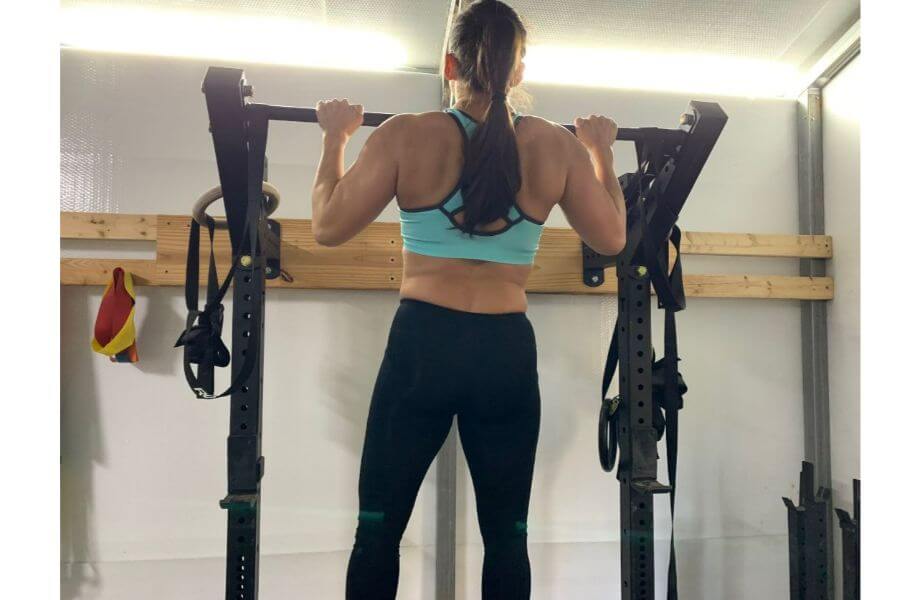
Who Should Do Pull-Ups?
The pull-up works slightly different muscles than the chin-up; or rather, works muscles in a different way and to a different degree.
- Bodybuilders: Because of the emphasis on the upper back and lats, pull-ups help build the V-taper bodybuilder’s desire.
- People who like a challenge: Some people may find chin-ups to be “easier,” with easy being relative. Pull-ups should be your go-to to challenge your grip and upper body strength further.
- Olympic lifters: Overhead strength and stability are needed to secure the barbell overhead, and pull-ups give you this in spades.
Chin-Ups: Major Mistakes and How to Fix Them
Chin-ups are tough strength training exercise, and to do them, some people may take shortcuts to get up to the bar. But to get the most out of your chin-ups, avoid the following mistakes.
Not Using a Full Range of Motion
Let’s qualify what the full range of motion in the chin-up is. First, you’re starting from the dead hang position, with only a slight bend in your elbows. The end of the rep is when you have your upper chest by the bar with your chin over the bar.
Not performing a pulling movement with full range of motion is not a deal-breaker, but it diminishes some muscle-building benefits. If you’re having trouble achieving full ROM, discontinue the set or do a regression, like the band-assisted chin-ups to get your reps in.
Not Squeezing the Shoulder Blades Together
The chin-up is an upper-back and lat exercise, and those muscles are the prime movers of it. So, if you’re not engaging your shoulder blades and the muscles between them, you are leaving gains on the table.
It may mean you’re using too much biceps and not enough back to complete the chin-up. If you feel you’re not using your shoulder blades, do one of two things. One, initiate the pull by driving your shoulder blades into your back pocket; two, always keep your shoulders down and chest up.
Too Much Momentum
Using some momentum isn’t terrible, but using too much turns a chin-up into a kipping pull-up. Using momentum usually means you lose the tension on the muscles you’re trying to build, and you could put your joints at risk because of the lack of control. Instead, do the reps you can with control, stop the set and rest, then go again. Or if you cannot do multiple chin-ups, try the assisted chin-up or tall-kneeling lat pulldowns.
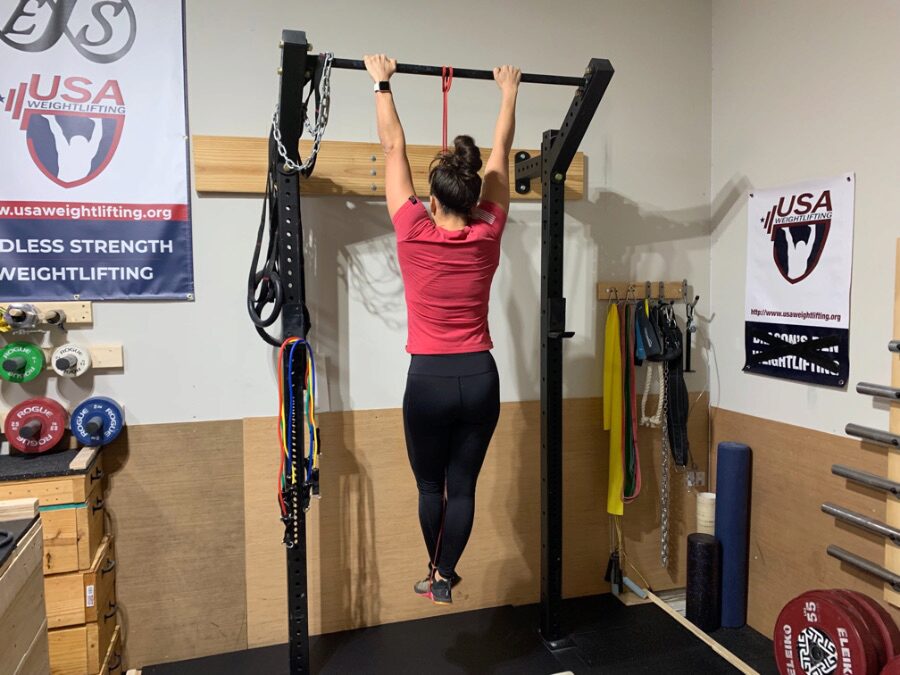
Chin-Ups: How to Progress
Chin-ups are great exercise, but only some have the core or pulling strength to do them. If this sounds like you, here are a few exercises you can do to build strength for performing multiple chin-ups.
Note: These exercises below require similar muscle activation patterns as when performing a chin-up:.
- Hollow holds
- Dead hangs
- Isometric chin-up hold
- Negative chin-ups
- Resistance band assisted chin-ups
- Assisted pull-up machine
RELATED: The Best Pull-Up Assistance Bands
Here, you’re building strength in your core, the bottom, and the top position, taking muscle contraction away and taking something off your body weight to make the chin up easier. If, on the other hand, you can crank out sets of 10 reps, plus it’s time to make chin-ups more challenging. Here are a few suggestions.
- Pauses of 3-5 seconds in the top or bottom position.
- Mixed grip chin-up/pull-up (one hand overhead, the other underhand) and other pull-up variations.
- Tempo chin-ups where you take more time pulling yourself up and lowering yourself down.
- Adding load with a weight belt or squeezing a dumbbell between your legs.
What Muscles Do Chin-Ups Work: Final Thoughts
Chin-ups are a fantastic vertical pulling exercise that belongs in almost everyone’s workout routine. It will improve your upper-body size and strength and may give you the much-desired V-taper. Chin-ups are easily regressed if you’re yet to do one or progressed when you’re chin-up Jedi. Often though as just a biceps and back exercise, chin-ups also work the
- Core
- Forearms
- Scapula
- Shoulder stabilizers
And will build real-world grip strength. What’s not to love about chin-ups? Nothing, so get cracking out some chin-ups. The bar is waiting for you because the other bar can wait.
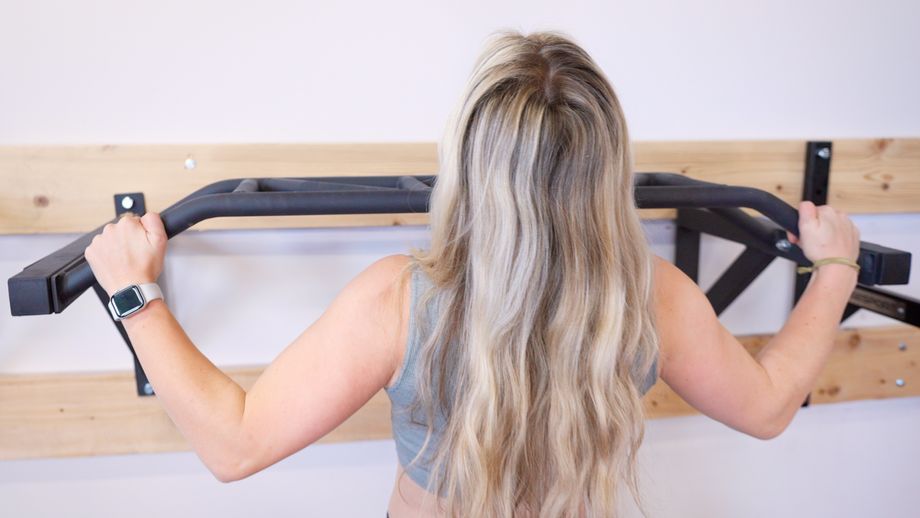
What Muscles Do Chin-Ups Work?: Q&A
Are chin-ups harder than pull-ups?
Typically, pull-ups are more challenging than chin-ups. The underhand grip is stronger than the overhand pull-up grip, and the chin-up requires less shoulder mobility and stability. This makes chin-ups easier than pull-ups, but only slightly.
Do chin-ups build muscle?
The short answer and the long answer are both yes. First, you need to build the strength to do your first chin-up and then the strength to do multiple chin-ups. Once you have created the strength to do multiple reps for between two to five sets, you have the muscle-building stimulus required for hypertrophy.
Are pull-ups better than chin-ups?
One is not better than the other, they are just different. Both chin-ups and pull-ups have a place in your programming but probably at different times. Pull-ups focus on the lats and upper back and less on the biceps. Chin-ups focus on the biceps and forearm flexors more. It depends on your fitness goals and your level of strength and ability.
Do chin-ups work back or biceps?
When it comes to exercises like chin-ups, it is never an either or question. Chin-ups are a compound exercise that trains multiple muscle groups, including the back and biceps. The correct response is it works the back and biceps, not one or the other.
References
- Mohammed A. Miniato; Andrew Mudreac; Judith Borger. Anatomy, Thorax, Scapula [Updated 2022 Jul 25]. In: StatPearls [Internet]. Treasure Island (FL): StatPearls Publishing; 2022 Jan


